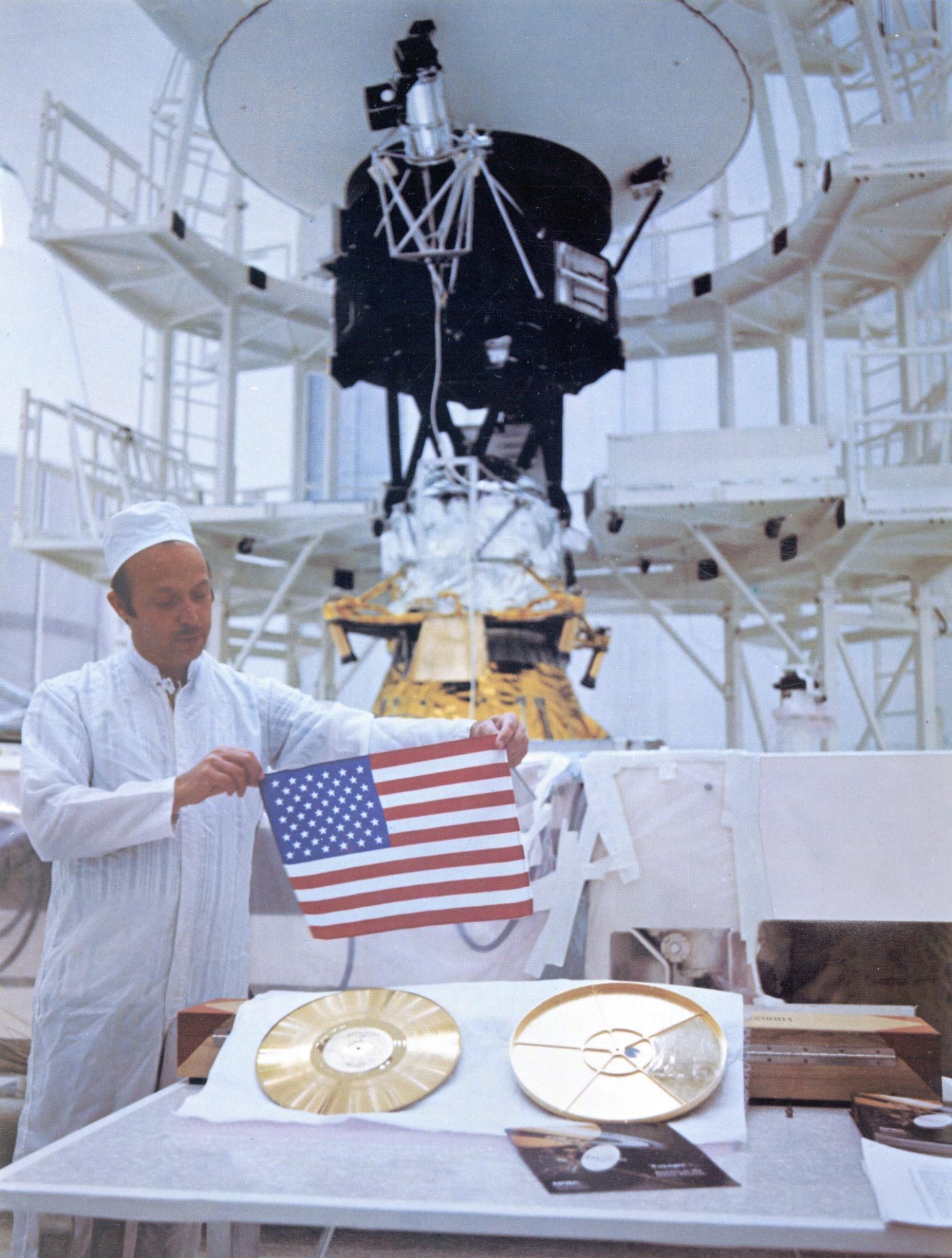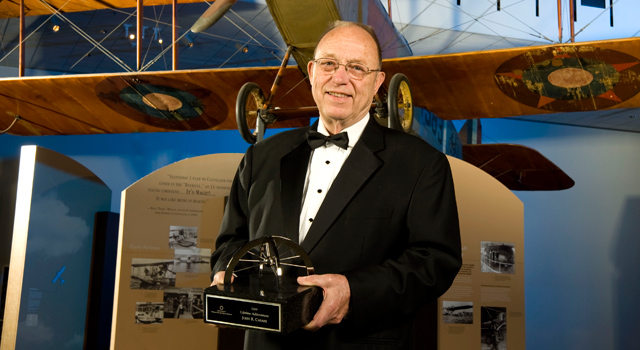6 min read

During his work on several historic missions, Casani rose through a series of technical and management positions, making an indelible mark on the nation's space program.
John R. Casani, a visionary engineer who served a central role in many of NASA's historic deep space missions, died on Thursday, June 19, 2025, at the age of 92. He was preceded in death by his wife of 39 years, Lynn Casani, in 2008 and is survived by five sons and their families.
Casani started at the Jet Propulsion Laboratory in Southern California in 1956 and went on to work as an electronics engineer on some of the nation's earliest spacecraft after NASA's formation in 1958. Along with leading the design teams for both the Ranger and Mariner series of spacecraft, he held senior project positions on many of the Mariner missions to Mars and Venus, and was project manager for three trailblazing space missions: Voyager, Galileo, and Cassini.
His work helped advance NASA spacecraft in areas including mechanical technology, system design and integration, software, and deep space communications. No less demanding were the management challenges of these multifaceted missions, which led to innovations still in use today.

"John had a major influence on the development of spacecraft that visited almost every planet in our solar system, as well as the people who helped build them," said JPL director Dave Gallagher. "He played an essential role in America's first attempts to reach space and then the Moon, and he was just as crucial to the Voyager spacecraft that marked humanity's first foray into interplanetary - and later, interstellar - space. That Voyager is still exploring after nearly 50 years is a testament to John's remarkable engineering talent and his leadership that enabled others to push the boundaries of possibility."
Born in Philadelphia in 1932, Casani studied electrical engineering at the University of Pennsylvania. After a short stint at an Air Force research lab, he moved to California in 1956 and was hired to work at JPL, a division of Caltech, on the guidance system for the U.S. Army Ballistic Missile Agency's Jupiter-C and Sergeant missile programs.
In 1957, the Soviet Union launched Sputnik 1, the first human-made Earth satellite, alarming America and changing the trajectory of both JPL and Casani's career. With the 1958 launch of Explorer 1, America's first satellite, the lab transitioned to concentrating on robotic space explorers, and Casani segued from missiles to spacecraft.
One of his jobs as payload engineer on Pioneer 3 and 4, NASA's first missions to the Moon, was to carry each of the 20-inch-long (51-cm-long) probes in a suitcase from JPL to the launch site at Cape Canaveral, Florida, where he installed them in the rocket's nose cone.
At the dawn of the 1960s, Casani served as spacecraft systems engineer for the agency's first two Ranger missions to the Moon, then joined the Mariner project in 1965, earning a reputation for being meticulous. Four years later, he was Mariner project manager.
Asked to share some of his wisdom in a 2009 NASA presentation, Casani said, "The thing that makes any of this work … is toughness. Toughness because this is a tough business, and it's a very unforgiving business. You can do 1,000 things right, but if you don't do everything right, it'll come back and bite you."
Casani's next role: project manager for NASA's high-profile flagship mission to the outer planets and beyond - Voyager. He not only led the mission from clean room to space, he was first to envision attaching a message representing humanity to any alien civilization that might encounter humanity's first interstellar emissaries.
"I approached Carl Sagan," he said in a 2007 radio interview, "and asked him if he could come up with something that would be appropriate that we could put on our spacecraft in a way of sending a message to whoever might receive it." Sagan took up the challenge, and what resulted was the Golden Record, a 12-inch gold-plated copper disk containing sounds and images selected to portray the diversity of life and culture on Earth.
Once Voyager 1 and 2 and their Golden Records launched in 1977, JPL wasted no time in pointing their "engineer's engineer" toward Galileo, which would become the first mission to orbit a gas giant planet. As the mission's initial project manager, Casani led the effort from inception to assembly. Along the way, he had to navigate several congressional attempts to end the project, necessitating multiple visits to Washington. The 1986 loss of Space Shuttle Challenger, from which Galileo was to launch atop a Centaur upper-stage booster, led to mission redesign efforts before its 1989 launch.
After 11 years leading Galileo, Casani became deputy assistant laboratory director for flight projects in 1988, received a promotion just over a year later and then, from 1990 to 1991, served as project manager of Cassini, NASA's first flagship mission to orbit Saturn.
Casani became JPL's first chief engineer in 1994, retiring in 1999 and serving on several nationally prominent committees, including leading the investigation boards of both the Mars Climate Orbiter and the Mars Polar Lander failures, and also leading the James Webb Space Telescope Independent Comprehensive Review Panel.
In early 2003, Casani returned to JPL to serve as project manager for NASA's Project Prometheus, which would have been the nation's first nuclear-powered, electric-propulsion spacecraft. In 2005, he became manager of the Institutional Special Projects Office at JPL, a position he held until retiring again in 2012.
"Throughout his career, John reflected the true spirit of JPL: bold, innovative, visionary, and welcoming," said Charles Elachi, JPL's director from 2001 to 2016. "He was an undisputed leader with an upbeat, fun attitude and left an indelible mark on the laboratory and NASA. I am proud to have called him a friend."
Casani received many awards over his lifetime, including NASA's Exceptional Achievement Medal, the Management Improvement Award from the President of the United States for the Mariner Venus Mercury mission, and the Air and Space Museum Trophy for Lifetime Achievement.






